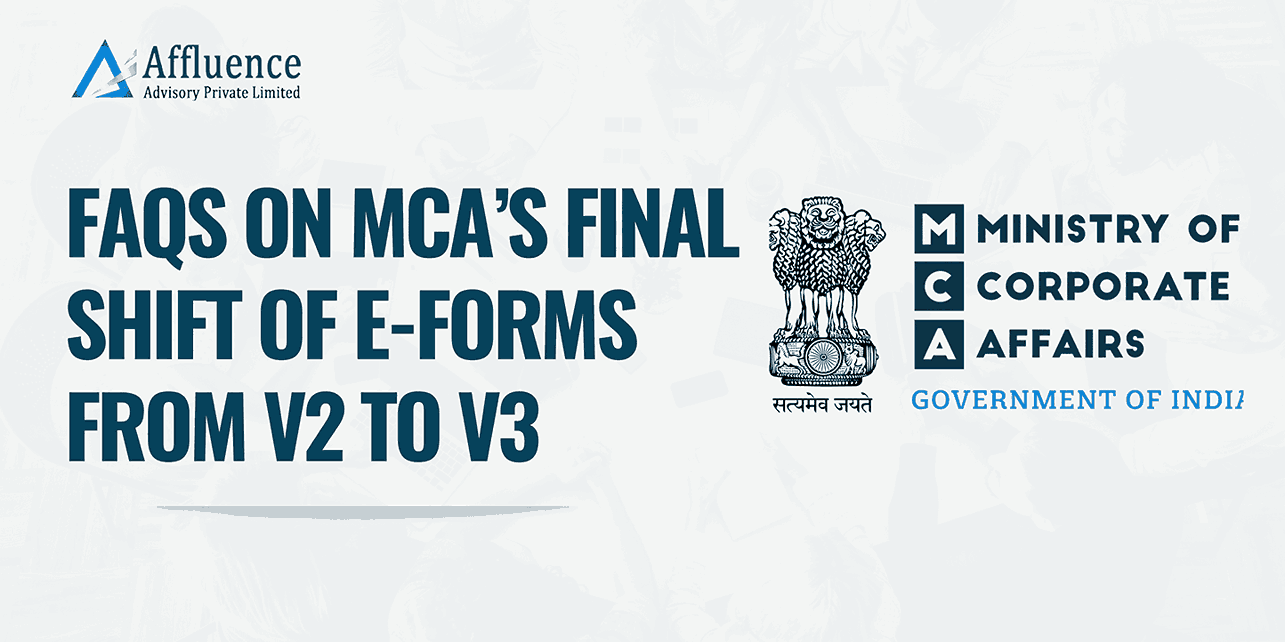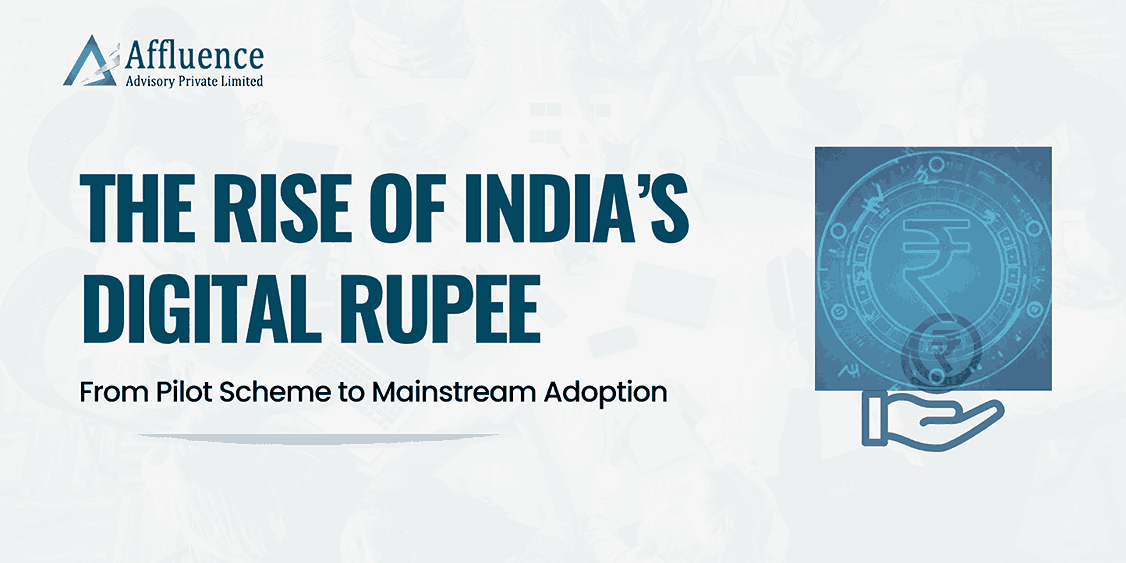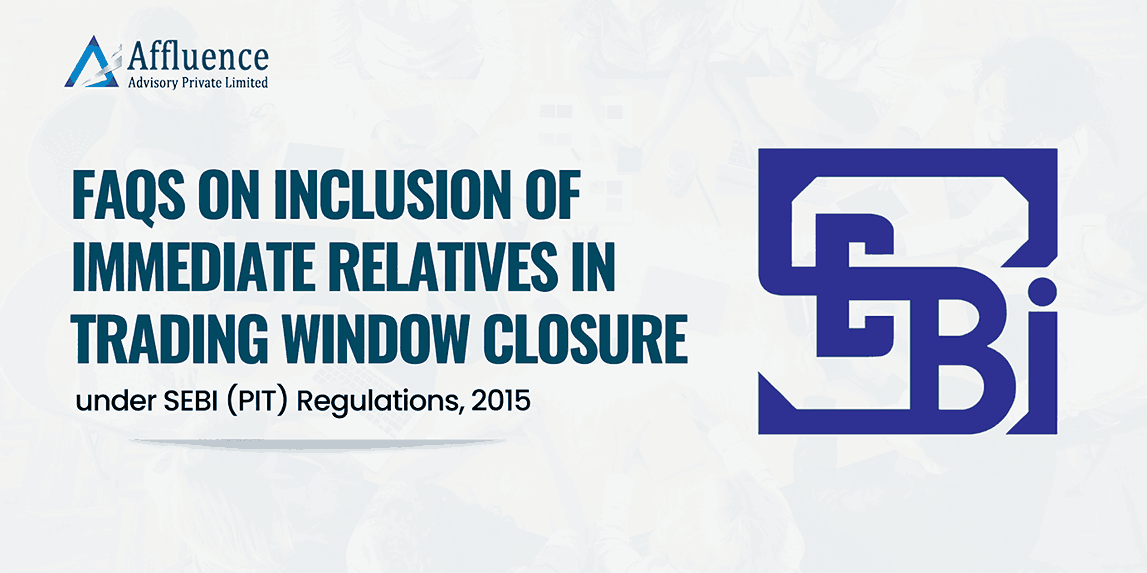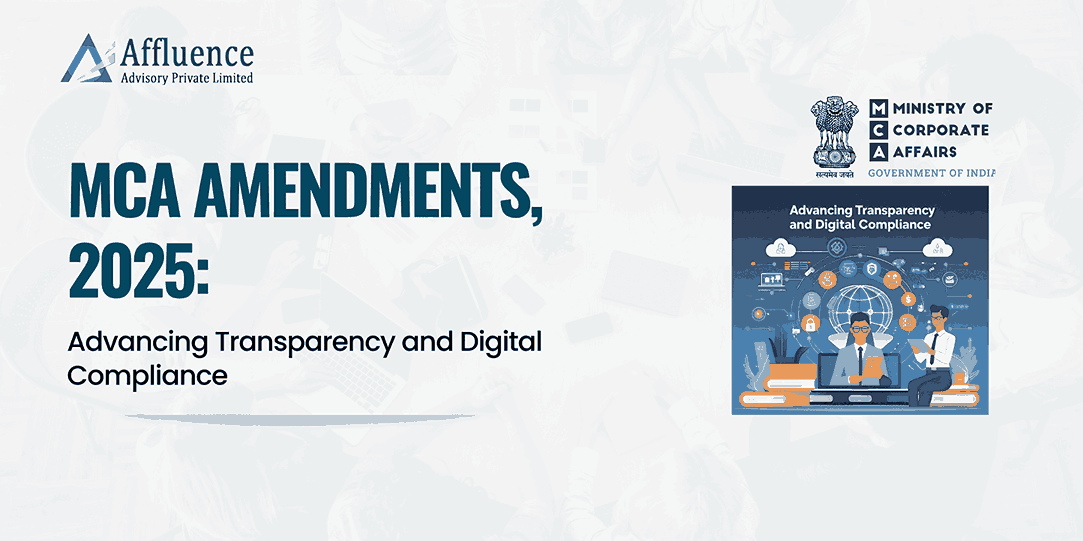Traditionally, India has been a debit card market. However, credit cards have witnessed tremendous growth in recent times. In the last five years, credit card issuance has grown at compounded annual growth rate of 20%. In July 2022, the numbers of credit cards issued crossed 78 million and in May 2022, the credit card spends reached Rs. 1.13 lakh crores. There was a slowdown in the growth during FY 20-21 due to covid and certain regulatory interventions by Reserve Bank of India but the growth is now back on track.
However, in spite of the exponential growth in credit cards issuance, India has largely remained an unpenetrated market. Only 3% of the population have a credit card which is well below the global average of 30%. The Indian middle class has been generally averse to credit cards given the history of high fees and exorbitant interest rates. The credit card companies are working overtime towards changing this mindset by introducing new products and spreading awareness about usage of credit cards. Some of the recent trends in the credit card industry are:
NEWER CUSTOMER SEGMENTS – Historically, banks have focused on people with high income, residing in tier 1 cities and having high credit scores for selling credit cards. Over the last few years, banks have made significant efforts to penetrate newer segments and widen the customer base. Banks have increased their customer base in Tier 2 and Tier 3 cities significantly. With the increase in economic activity, emergence of manufacturing and service-based economy, there has been a significant increase in the salaried customer base in Tier 2 and Tier 3 cities.
Another major segment being tapped by the credit card companies is the early jobbers between 18 to 25 years of age. This segment generates a significant demand for credit cards. One of the main hurdles in tapping this segment is lack of credit history. Banks are getting around this by offering credit cards with lower limits which would later be upgraded depending on the repayment history.
REWARDS PROGRAM – Earlier, there would be a gradual accumulation of rewards points and a redemption from a gift catalogue. However, in this age of instant gratification, reward programs are undergoing a major shift. Today credit cards which provide a good rewards structure, cashback and offer various redemption options have seen a significant increase in sales. For example, the cashback in the ICICI -Amazon credit card, is credited to the Amazon account at the end of the billing cycle and can be used to make payments through Amazon Pay. In addition, curated rewards programs are being introduced by banks in partnership with third party players from the entertainment, travel and consumer durables industry.
CO BRANDED CARDS – Cobranded credit cards have been major money spinners for banks. It gives them access to a focused customer base and reduces acquisition costs. Today, the ICICI – Amazon Card and the Axis – Flipkart card are among the top selling cards in India. All the card issues have cobranded card offerings in tie up with leading names from the entertainment, travel, e-commerce and hospitality industry.
ENTRY OF FINTECHS – Fintech’s have transformed the payments industry by providing ease of conducting transactions. One of their major USP is the instant issuance of credit cards. The card is available in a virtual form on mobile applications instantly and allows customers to perform transactions ecommerce websites. This helps in increasing the activation rate of credit cards and increasing customer engagement. Cards issued by Fintech’s have gain immense popularity among the Gen Z population across the country.
The Indian credit card industry is at an inflection point and poised for huge growth. The credit card industry is expected to cater to the untapped customer segment by offering new and innovative products. Growth is expected to be led by new offerings like Buy Now Pay Later ( BNPL ) and Credit EMIs. With these new products, evolving credit models and structural changes, interesting times lie ahead for the credit card industry.
Disclaimer: This article provides general information existing at the time of preparation and we take no responsibility to update it with the subsequent changes in the law. The article is intended as a news update and Affluence Advisory neither assumes nor accepts any responsibility for any loss arising to any person acting or refraining from acting as a result of any material contained in this article. It is recommended that professional advice be taken based on specific facts and circumstances. This article does not substitute the need to refer to the original pronouncement











